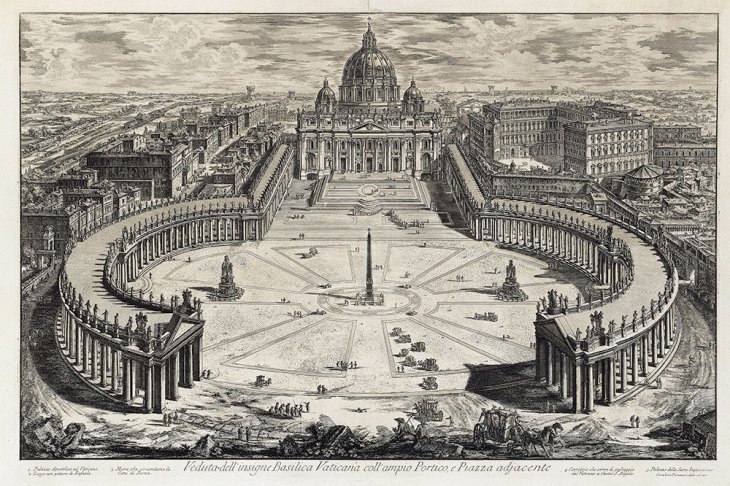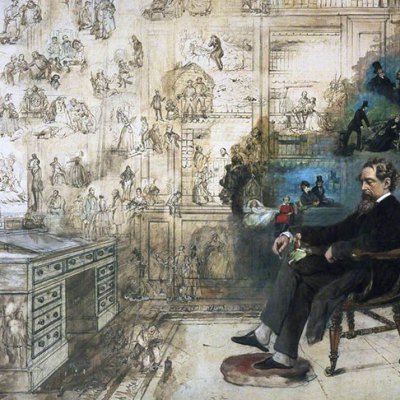Aelbert Cuyp
It’s a big year for Dordrecht, which was granted city rights 800 years ago. Its most successful artist, the painter Aelbert Cuyp, was born four centuries later. Although he himself never lived or worked outside Dordrecht, Cuyp’s atmospheric landscapes became incredibly popular among English collectors after his death and had a strong influence on 18th- and 19th-century painters working in the landscape tradition. ‘In the Light of Cuyp’ at the Dordrechts Museum examines this influence on Gainsborough, Constable, Turner, and many others (27 September–14 March 2021).
Forbidden City
From 1420, when the palace complex was completed, until the end of imperial rule in China in 1912, the Forbidden City in Beijing was the seat of dynastic power. This year the Palace Museum is celebrating the 180-acre site’s 600th birthday in a series of special exhibitions and events exploring the museum’s collection and history. A highlight will be the presentation of the famous Song dynasty painting Along the River During the Qingming Festival, which is rarely displayed due to its fragility. Conservation work on the Forbidden City, which began in 2002, is due to be wrapped up in time for the anniversary celebrations.
Along the River During the Qingming Festival (detail; 12th century), Zhang Zeduan. Palace Museum, Beijing

Metropolitan Museum of Art, New York and Museum of Fine Arts, Boston
This year, both the Metropolitan Museum of Art in New York and the Museum of Fine Arts in Boston are marking 150 years since they were founded. The Met, which opened the doors of its first home at 681 Fifth Avenue to the public on 13 April 1870, has organised ‘Making the Met, 1870–2020’ (30 March–2 August), an exhibition charting the formation of the museum’s mission and collection. The MFA Boston, meanwhile, is focusing on the completion of its three-year strategic plan, launched in 2017, which includes the opening of a new conservation centre at the museum.
Piranesi
An architect by training, Piranesi was also a theorist, archaeologist, printmaker and designer of elaborate architectural fantasies and sets. These varied contributions will be celebrated, on the tercentenary of the Italian’s birth, in an exhibition at the Kunstbibliothek in Berlin, which centres on the library’s collection of Piranesi’s books and drawings (5 October–7 February 2021).
View of the piazza and the Basilica of San Pietro in the Vatican City (from Vedute di Roma; 1773–78), Giovanni Battista Piranesi. Photo: © Staatliche Museen zu Berlin, Kupferstichkabinett/Volker-H. Schneider

Raphael
The Renaissance master died in Rome on 6 April 1520 on what was possibly his 37th birthday (the cause, according to Vasari, was a fever brought on by overindulgence in ‘the pleasures of love’). The spate of shows marking the 500th anniversary of the event began last year in the artist’s birthplace with ‘Raphael and the friends of Urbino’ (at Galleria Nazionale delle Marche, until 19 January), placing him in the context of compatriots including Perugino and Giulio Romano. In London, the Victoria and Albert Museum is refurbishing its Raphael Court – long-term home to the seven monumental cartoons for tapestries commissioned for the Sistine Chapel in 1515 – and the National Gallery is mounting a survey (3 October–24 January 2021). There will also be monographic exhibitions at the Scuderie del Quirinale in Rome (March–June) and the National Gallery of Art in Washington, D.C. (16 February–14 June).
Eight Apostles (c. 1514), Raphael. National Gallery of Art, Washington, D.C.

Tiepolo
The Venetian painter is probably best known for his frescoes, which of course cannot travel. Two hundred years after his death in Madrid, he is nonetheless being commemorated with an exhibition at the Staatsgalerie in Stuttgart, which includes his paintings on mythological, historical and religious subjects, as well as his works on paper (until 2 February). Another show at the Hamburger Kunsthalle compares Tiepolo with two other greats of 18th-century painting: Goya and Fragonard (until 13 April).
James the Great (1749–50), Giovanni Battista Tiepolo. Photo: © Museum of Fine Arts Budapest 2019

Wordsworth
Celebrations for the bicentenary of William Wordsworth’s birth will centre on Dove Cottage in Grasmere, where the poet lived for nine of his most creatively fruitful years between 1799 and 1808. The Cumbrian cottage is now part of the Wordsworth Museum, which is currently closed to the public for the final stages of a £6.2m redevelopment project – scheduled to be completed this spring. Dove Cottage is undergoing restoration, while the adjoining centre, where the poet’s manuscripts and other possessions can be viewed, is being expanded with new galleries.
Dove Cottage in Grasmere. Photo: Wordsworth Trust

Plus
- Beethoven at 250
- Tenniel at 200
- George III at 200
- Dickens at 150


